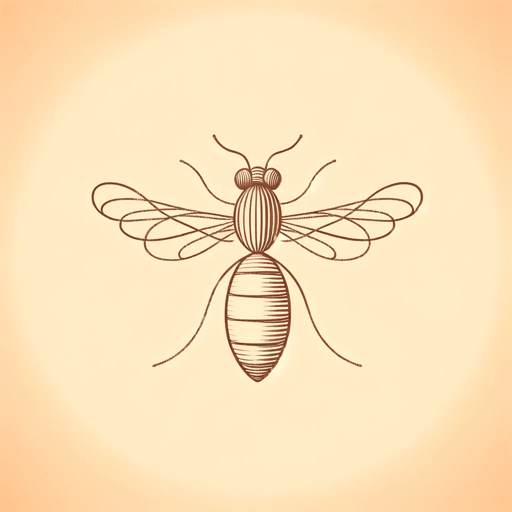16 pages • 32 minutes read
James K. BaxterWild Bees
Fiction | Poem | Adult | Published in 1949A modern alternative to SparkNotes and CliffsNotes, SuperSummary offers high-quality Study Guides with detailed chapter summaries and analysis of major themes, characters, and more.
Poem Analysis
Analysis: “Wild Bees”
The poem opens with rural summer imagery. The poet references Ophelia, the central female character of Shakespeare’s “Hamlet,” which may allude to the widespread artwork featuring Ophelia on riversides. The reference also evokes “The Lady of Shalott,” the heroine of Alfred Lord Tennyson’s poem, who has been featured in classical art. John William Waterhouse’s painting depicts the Lady of Shalott drifting in a boat on the river. Comparisons can be drawn between these women; both died as they journeyed down a river.
Baxter’s poem shifts to the speaker’s perspective as they watch the bees flying back and forth “in passionless industry” (Line 5), gathering pollen and bringing it to their hive for manufacturing. This turning point is marked by an em dash in line 3 rather than a comma. This gives the reader a visual cue that the lens through which they’re viewing the story is changing. The speaker shows admiration for the bees, for their beauty and speed. The tree, by contrast, is rotting and foreboding. The em dash in line three foreshadows how the poem will descend into chaos and darkness.
The second stanza begins with a dangling subordinate clause—“but” (Line 7)—which creates a sense of immediacy.

